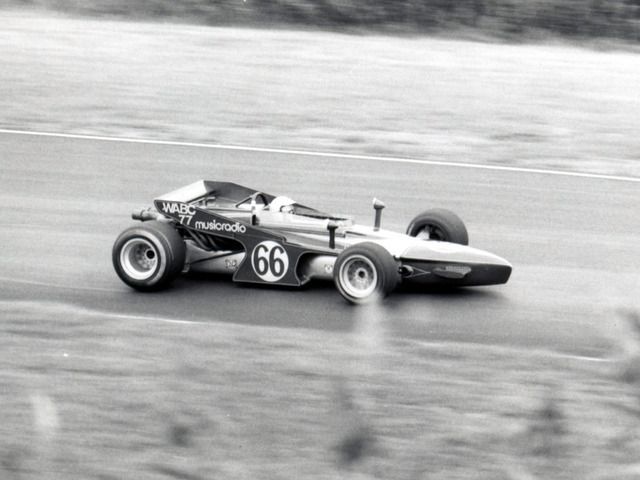
- Login or Register
No account yet? Sign up


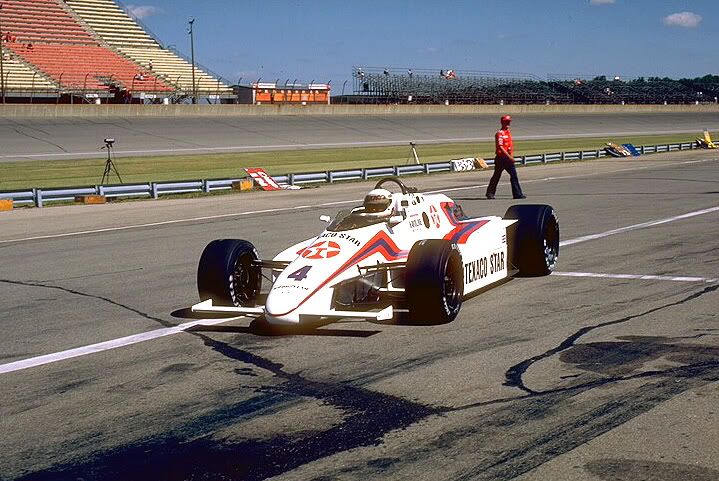
Andy described the AMB ‘Infinity Wing’ second elements on either side of the splitter as presenting an infinite lift to drag ratio. In layman’s terms, the drag created by these elements is pulling sideways; the wing on the left pulls right and vice versa. The net result being an effective zero drag creation, while generating front downforce.
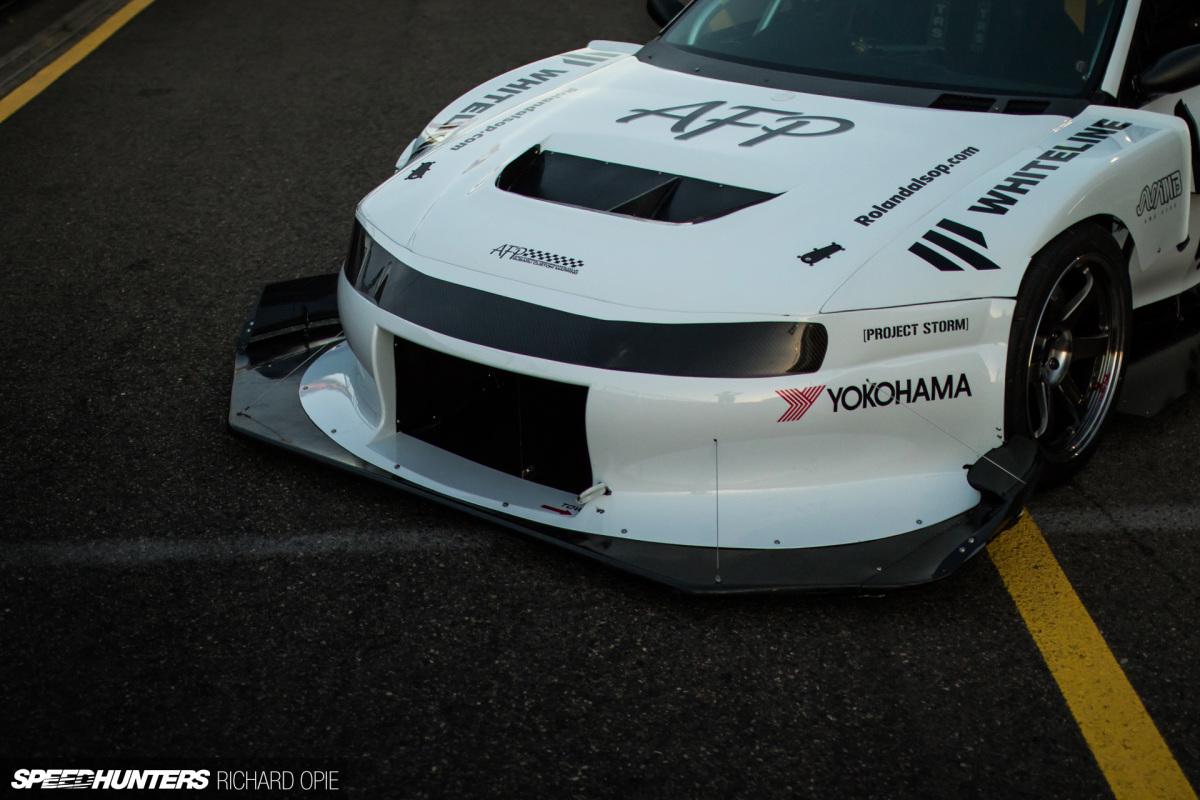
It must work all the other cars in same series are moving to that layout instead of the massive splitters they had before.zac510 wrote:Zero drag? hmm I'm no aerodynamicist but...

Seems to be marketing. The teams in this series purchase his products and consultation. Drag vectors are normal to, or co-linear with, local airflow; their orientation relative to abstract reference points such as vehicle centerline does not diminish the effect of air flowing over them. It could be that the design works very well, but not for the reasons stated.
That is taken out of context, it was a significant reduction in drag relative to the previous best designs in that genre which were fore to aft wings, which are quite draggy. A bit of this has to do with unusual regulations.roon wrote: ↑25 Nov 2017, 21:12Seems to be marketing. The teams in this series purchase his products and consultation. Drag vectors are normal to, or co-linear with, local airflow; their orientation relative to abstract reference points such as vehicle centerline does not diminish the effect of air flowing over them. It could be that the design works very well, but not for the reasons stated.
We're in agreement then:gixxer_drew wrote: ↑21 Dec 2017, 06:40...it was a significant reduction in drag relative to the previous best designs in that genre...
I didn't define it as such. Vehicle centerline is an spatial/geometric reference. 'Engine thrust' is a different parameter. Rotating an object in space relative to an abstract reference does not diminish the effect of a fluid flowing over them. A solid body is being moved through a fluid, regardless.gixxer_drew wrote: ↑21 Dec 2017, 06:40If you define it as opposing thrust produced by the engine, I wouldn't call that arbitrary, as it seems quite relevant.






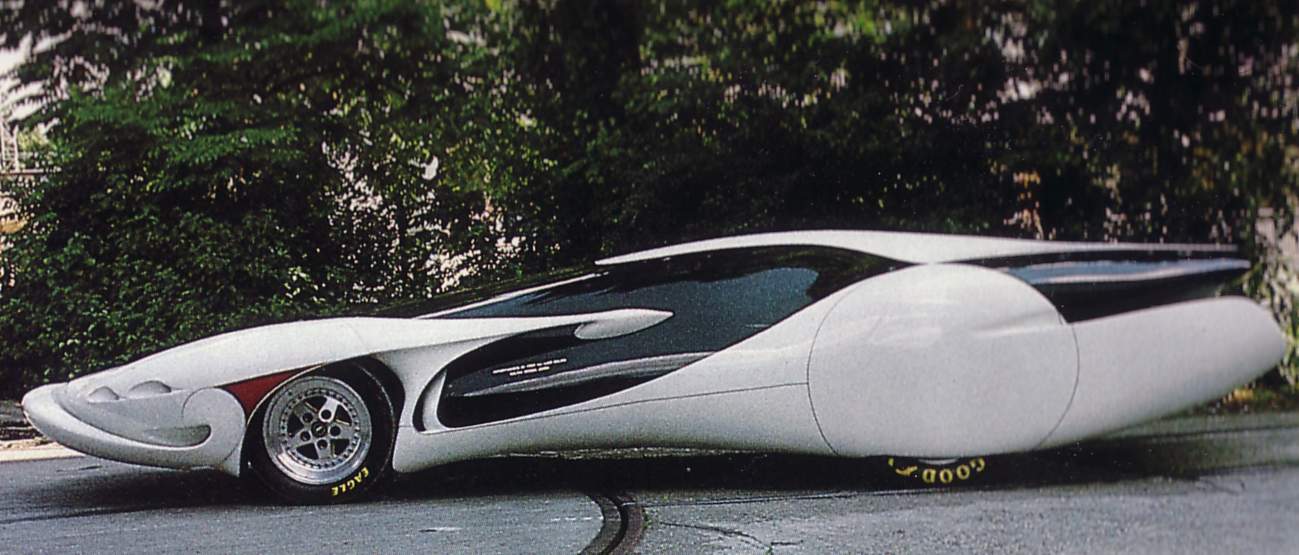
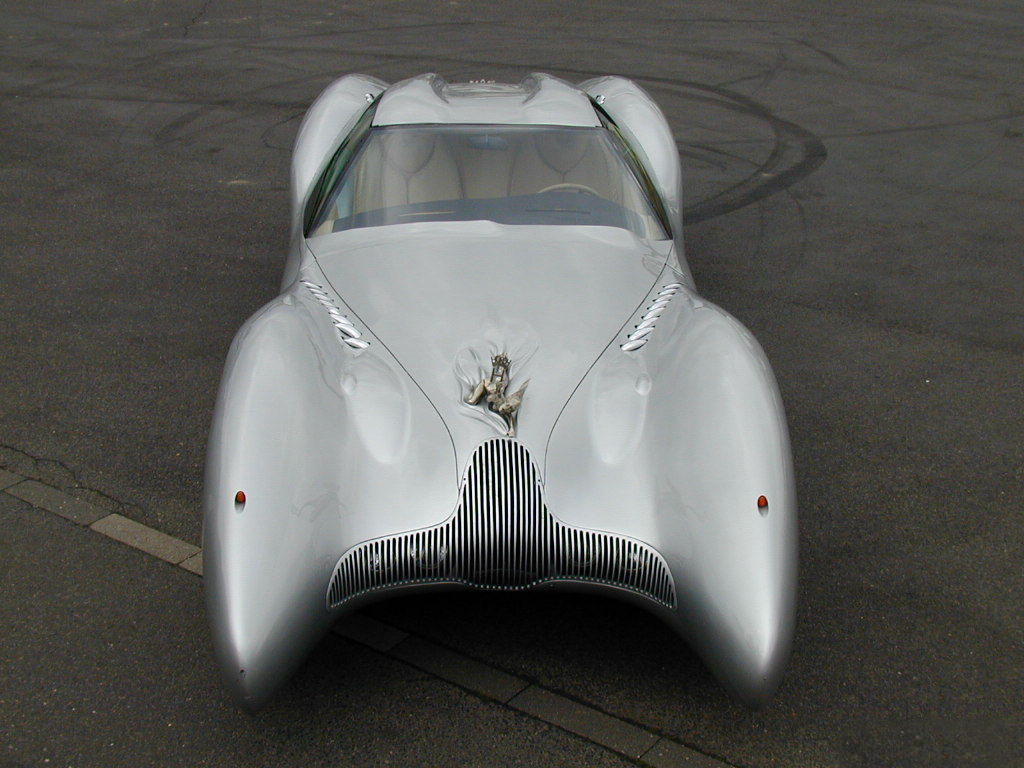




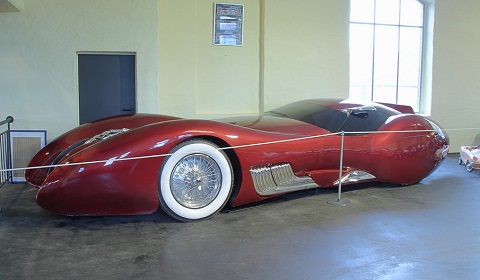

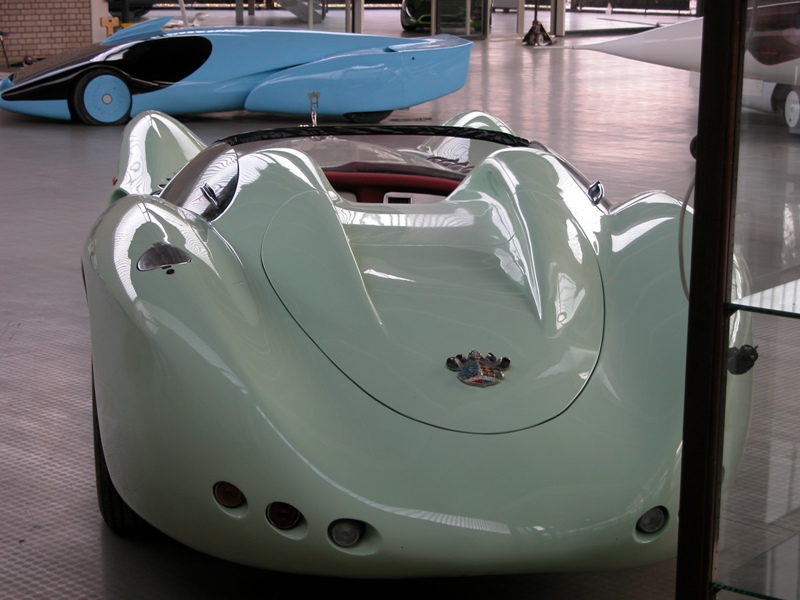
roon wrote: ↑23 Dec 2017, 23:37We're in agreement then:gixxer_drew wrote: ↑21 Dec 2017, 06:40...it was a significant reduction in drag relative to the previous best designs in that genre...
I didn't define it as such. Vehicle centerline is an spatial/geometric reference. 'Engine thrust' is a different parameter. Rotating an object in space relative to an abstract reference does not diminish the effect of a fluid flowing over them. A solid body is being moved through a fluid, regardless.gixxer_drew wrote: ↑21 Dec 2017, 06:40If you define it as opposing thrust produced by the engine, I wouldn't call that arbitrary, as it seems quite relevant.
At 2:46 in your video link, the speaker calls the drag force normal these wings a "side force" which "cancel each other out." They don't cancel each other out. And it's not a "side force", it's still drag normal to local flow.
I would offer that the distinction between these two approaches in front corner wings is akin to wing sweep angle in an aircraft, and, as you eluded to, lower drag benefits of a higher aspect-ratio wing.